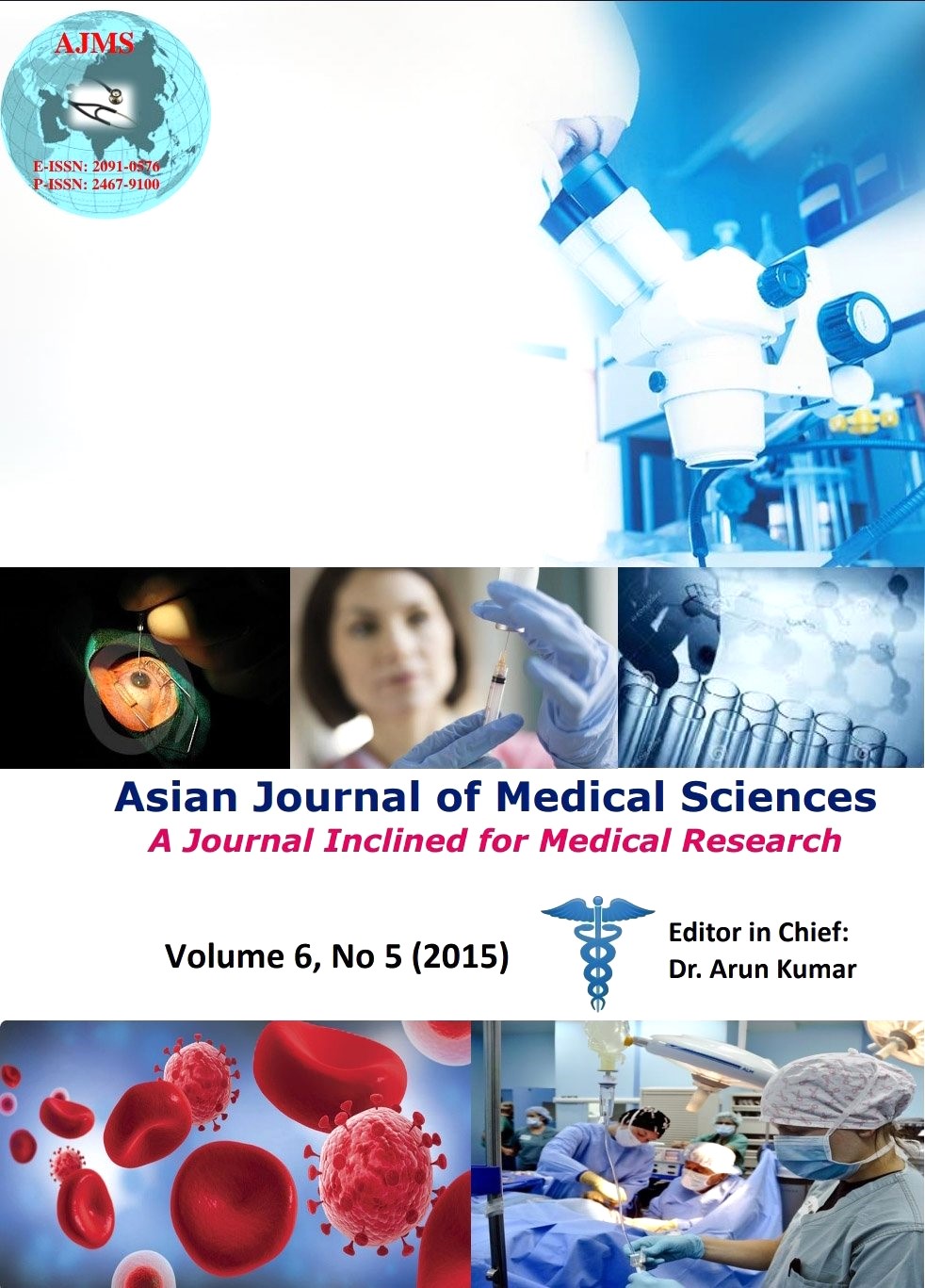Prevalence of hemoglobinopathies in different regions and castes of Uttar Pradesh, India -A hospital based study
Keywords:
Hemoglobinopathies, Thalassemia, PrevalenceAbstract
Background: Thalasemia and other hemoglobinopathies are found in all the states of India and their prevalence is quite variable. In Uttar Pradesh very few studies are found which explore the spectrum of hemoglobinopathies. There is no such study which identifies the geographic distribution of high-risk communities with frequencies of hemoglobinopathies.
Aim: Present study was carried out to determine the prevalence of hemoglobinopathies in different regions and castes of Uttar-Pradesh (UP) state.
Materials and Methods: This is a preliminary community based cross-sectional, hospital based study, conducted at King George’s Medical University, Lucknow, Uttar- Pradesh. Subjects aged between 18 to 65 years were enrolled for sampling. The anticoagulated blood was used for performing CBC (complete blood count), and hemoglobin electrophoresis to measure hemoglobinopathies.
Results: The present study revealed higher(28/194;19.5%,p<0.05) prevalence of hemoglobinopathies in Lucknow district as compared to other districts of Uttar-Pradesh and Brahmin caste having high frequency (33/112;29.5%) followed by Jaiswal (3/13;23.1%) and Arora (2/9;22.2%).
Conclusion: The data regarding prevalence and distribution can be useful in prevention and management of various hemoglobinopathies which play a vital role in the hospital blood bank as well as in the formulation of transfusion policies.
DOI: http://dx.doi.org/10.3126/ajms.v6i5.12339
Asian Journal of Medical Sciences Vol.6(5) 2015 21-25
Downloads
Downloads
Published
How to Cite
Issue
Section
License
Authors who publish with this journal agree to the following terms:
- The journal holds copyright and publishes the work under a Creative Commons CC-BY-NC license that permits use, distribution and reprduction in any medium, provided the original work is properly cited and is not used for commercial purposes. The journal should be recognised as the original publisher of this work.
- Authors are able to enter into separate, additional contractual arrangements for the non-exclusive distribution of the journal's published version of the work (e.g., post it to an institutional repository or publish it in a book), with an acknowledgement of its initial publication in this journal.
- Authors are permitted and encouraged to post their work online (e.g., in institutional repositories or on their website) prior to and during the submission process, as it can lead to productive exchanges, as well as earlier and greater citation of published work (See The Effect of Open Access).




